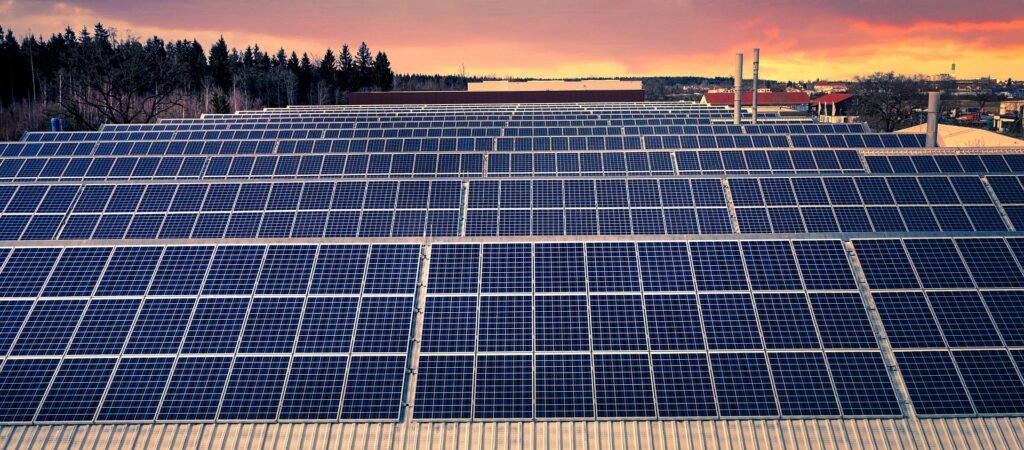On July 21, 2021, the Ministry of Economy, Trade, and Industry (METI) released the Sixth Strategic Energy Plan (Draft). This plan is the basic guideline for the government’s medium- to long-term policy on energy supply and is revised every three to four years, and the Fifth Plan was approved by the Cabinet in July 2018.
In order to achieve the government’s goal of a 46% reduction in CO2 emissions by FY2030, the main goal of the sixth plan is to significantly increase the share of power generation from renewable energy sources. The ratio of renewable energy to total power generation in FY2030 will be 36%-38%, up from 22%-24% in the current plan, and the aim is clearly to make renewable energy the main power source.
According to the published documents, the table of contents at the draft stage is as follows. As for the sub-themes, only those that are considered important are shown here.
Introduction
-
-
- Responding to the Climate Change Issue
- Overcoming the Challenges Faced by Japan’s Energy Supply and Demand Structure
- The Structure of the Sixth Plan and the Relationship between the 2050 and 2030 Targets
-
- 10 Years after the Accident at TEPCO’s Fukushima Daiichi Nuclear Power Plant
- Changes in the situation since the formulation of the Fifth Plan
- Confirmation of the basic perspective of energy policy (S+3E:Safety + Energy security, Economic Efficiency, Environment)
・Securing a stable supply of energy and making it more resilient
・Ensuring environmental compatibility, including harmony with climate change and the surrounding environment
・Ensuring economic efficiency of energy as a whole - Issues and measures for achieving carbon neutrality in 2050
・Energy supply and demand structure in the carbon-neutral era of 2050 - Policy responses for 2030 with an eye on 2050
- Promotion of strategic technology development, etc., in conjunction with industry, competition, and innovation policies toward the realization of carbon neutrality in 2050
- Enhancement of communication with all segments of the public
Background of the revision and the history of the plan
This revision is considered to have the following background.
- The timing of the revision of the basic plan stipulated by the law is approaching.
- At the “Leaders Summit on Climate” held on April 22, 2021, Japan declared its ambitious goal of reducing greenhouse gas emissions by 46% from FY2013 levels in FY2030, consistent with the long-term goal of carbon neutrality by FY2050, and also stated that it would continue to challenge the goal of 50%.
In the Fifth Plan, based on the accident at TEPCO’s Fukushima Daiichi Nuclear Power Plant in 2011, renewable energy sources such as wind and solar power were specified for the first time as the “main power source” for FY2050. At the same time, nuclear power was positioned as the “base load power source” that can stably supply a certain amount of electricity along with coal-fired thermal power generation, etc. The power source composition ratio for FY2030 was set at 56% for fossil fuel power generation, 22-24% for renewable energy, and 20-22% for nuclear power generation.
You can find more info about the Carbon neutral of Japan from our website.
- Japan sets goal of achieving carbon neutrality by 2050
https://enviliance.com/regions/east-asia/jp/report_2790 - METI publishes Green Growth Strategy towards 2050 Carbon Neutrality
https://enviliance.com/regions/east-asia/jp/report_1886
The published documents and the related documents can be viewed at the following URLs.
- The sixth plan (Summary)
https://www.enecho.meti.go.jp/committee/council/basic_policy_subcommittee/2021/046/046_004.pdf - The Sixth plan
https://www.enecho.meti.go.jp/committee/council/basic_policy_subcommittee/2021/046/046_005.pdf - The webpage of METI
https://www.enecho.meti.go.jp/committee/council/basic_policy_subcommittee/2021/046/
 METI releases the Cabinet decision on the 6th Strategic Energy Plan (Draft)
METI releases the Cabinet decision on the 6th Strategic Energy Plan (Draft) 

























